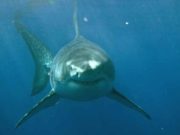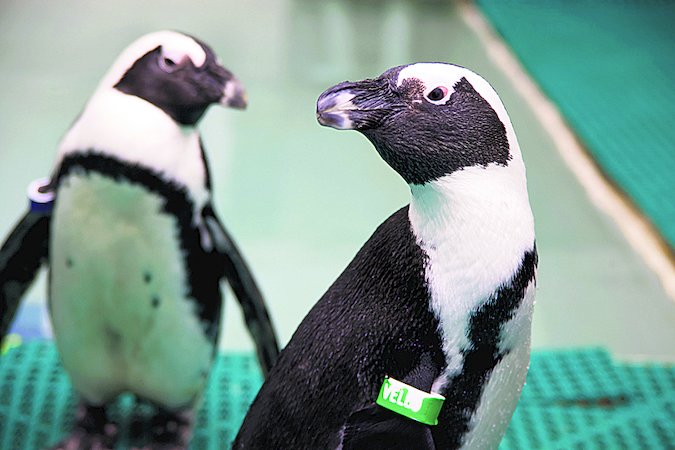
To Save African Penguins, Humans Set Up a Dating Service
GREENSBORO, N.C. — When the African penguins Derek and Geirfugl were given their own room last spring, keepers at the Greensboro Science Center questioned whether they liked each other enough to take their relationship to the next level.
Derek was more interested in interacting with her human keepers than with other penguins. And when she did start to flirt with Geirfugl, leaning toward him and flicking her head back and forth, the male bird did not return the sentiment.
By mid-September, though, the relationship had taken an amorous turn. On a recent afternoon, they nestled beside each other inside a plastic crate — on a nest containing two eggs.
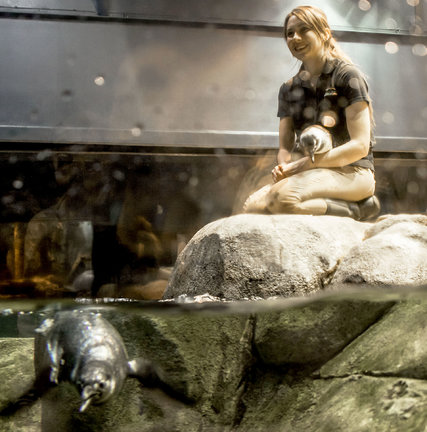
“Geirfugl is actually a really good mate,” said Shannon Fletcher, a keeper at the science center. “He’s done all of the collecting for their nest box. He’s been very protective of her.”
In the wild, African penguins, which inhabit the coast of South Africa and Namibia, choose their partners from a pool of thousands and mate for life. In captivity, the limited size of the colonies — and the need to perpetuate a genetically diverse species — make human intervention necessary.
The African penguin population has declined more than 60 percent over the past 30 years, and the species is now considered endangered. TheAssociation of Zoos and Aquariums runs a “species survival” program among the nearly 50 facilities with African penguin colonies, including the science center here.
“One day this penguin likes this penguin, and the next day, they’re not talking,” said Carmen Murray, a former senior keeper. “They’re flirting and trying to get attention, or being a bully and picking on a certain one.
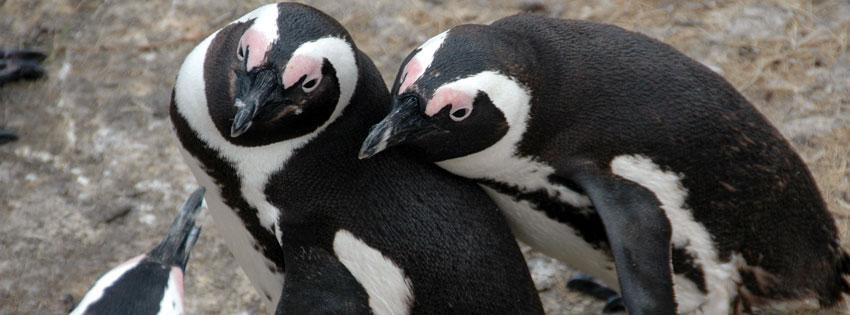
“Because penguin preferences rarely correspond exactly with species management plan mandates, the keepers are responsible for managing the penguins’ love lives, often by gently trying to convince certain birds that they fancy each other, while keeping other potential partners distracted.
When Geirfugl was bonding with a bird named Kaapse, for example, the couple took nesting too far and began hoarding rocks from the exhibit — more than 100 pounds — in their nesting box, crushing a couple of eggs. After the keepers set them up in a room with a nesting box and a few token rocks, they turned out to be wonderful parents.
This season, Kaapse and Tux, both females, bonded with each other rather than males, because their former mates were both in keeper-designated relationships with other females.
When the female pair began to compete with Apollo, Tux’s former mate, and his new spouse for a nest box, the keepers gave the females one of their own, praying it would prevent Tux from sabotaging her ex’s current relationship.
Despite the interpersonal challenges, the penguins have been very successful breeders. All seven couples designated to mate last year produced healthy chicks.

In the wild, however, African penguins face continued threats, mostly from people. The collection of guano for fertilizer has deprived them of the material they use to build burrows. Oil spills in 1994 and 2000 killed 30,000 birds despite rehabilitation efforts. And commercial overfishing has forced the birds to swim much farther for food.
“One hundred fifty years ago, there were millions in the wild,” said Mr. Sarro, of the Smithsonian. “Now we’re down to 18,000 breeding pairs.”
Last spring, the zoo association launched a campaign focused on restoring endangered animals’ wild populations to healthy levels. Because of their vulnerability, African penguins were among the first four species chosen.
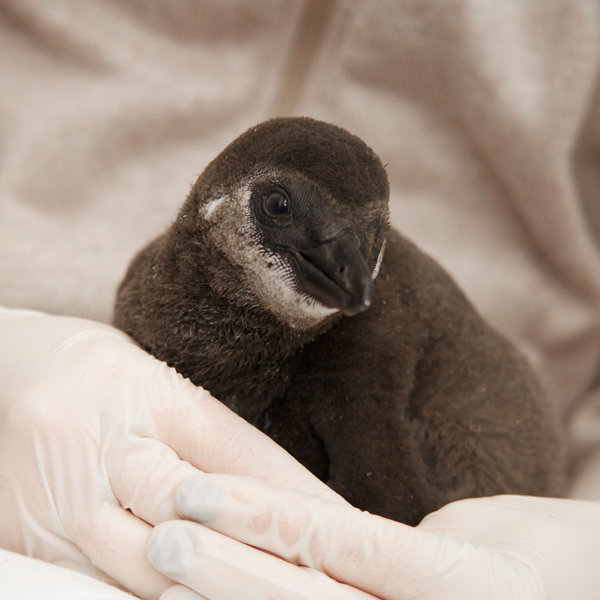
Back at the science center, Derek and Geirfugl warmed their eggs in the back room as several other adult pairs sat on eggs in their nest boxes. Two chicks born last year, Jordy and Keuchly, stood pressed together on a rock overlooking the pool of water, grooming each other’s face feathers.
“The yearlings are definitely practicing,” Ms. Fletcher, the keeper, said. “But they’re in that awkward teen phase. They’re trying to figure it all out.”

